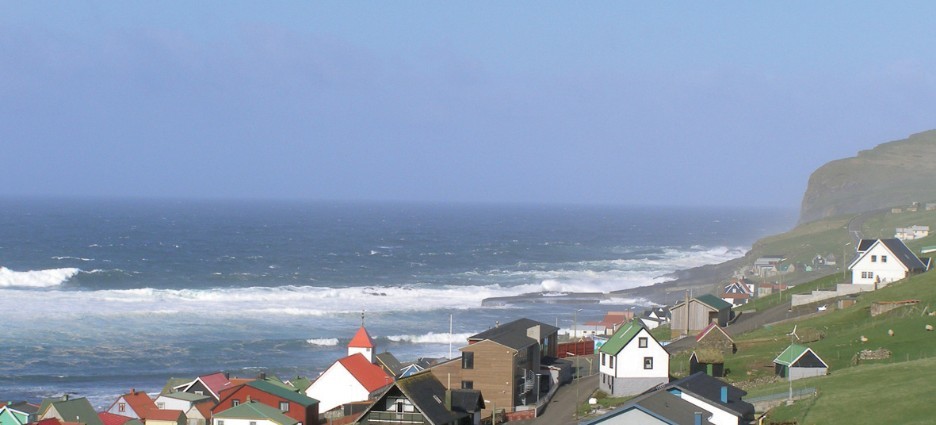When you step from the plane on arrival in the Faroe Islands, you may be hard pressed to imagine the islands as a critical location in the Second World War. Yet look a little closer and you’ll uncover many clues about the important role the Faroe Islands played in the war, and the lasting impact of that time on the people who live there today.
The British Occupation
While the islands have fallen under Danish sovereignty for the vast majority of the last century, there was a period of around four years when the British occupied the islands. Germany invaded Denmark in the early days of World War 2 and Churchill was in no doubt that Britain could not afford to allow the strategically vital Faroe Islands to fall into enemy hands. On April 12th 1940 two British warships arrived in the harbour at Torshavn and the occupation was soon formalised.
As the British set about building the military infrastructure they would need to use the Faroes as a naval and air base, the local residents were asked to accommodate the troops in their homes until Nissen huts could be built for the men to sleep in. Meanwhile the women and children from families living on Vagar, the island chosen as an air base because of its flat terrain, were evacuated to other islands.
A Lasting Legacy
The British troops left a lasting legacy by the time they started their exodus in 1944. For a start, the Faroe Islands had an airport; built to protect Allied shipping by providing air support to Atlantic convoys. Several new roads were built, leaving islanders with an improved infrastructure which would be greatly developed in the coming decades.
For some of the people too, the troops made quite an impression. It is said that there were 170 weddings between Faroese girls and British troops and many tears as the men sailed away for home, although maybe not from the local men who had bemoaned the competition for the local girls.
Visiting the Faroes today
Perhaps the best place to explore the history of the British occupation is in the War Museum on Vagar, just a short drive from the airport. Here you’ll find old documents and photographs from the war years, as well as depictions of life at the time in both the villages and on the Faroese fishing boats (170 men tragically lost their lives during the war years).
If you go to the Faroes today, beyond the physical signs of museums, roads and runways, one of the striking influences of the British occupation you will discover is in the fondness for fish and chips. Make sure you sample some while visiting Torshavn – consider it an exploration of Faroese history if you must.
Visit our Faroe Islands page for more information, including suggested itineraries for holidays in the Faroes islands.
By Andy Jarosz





